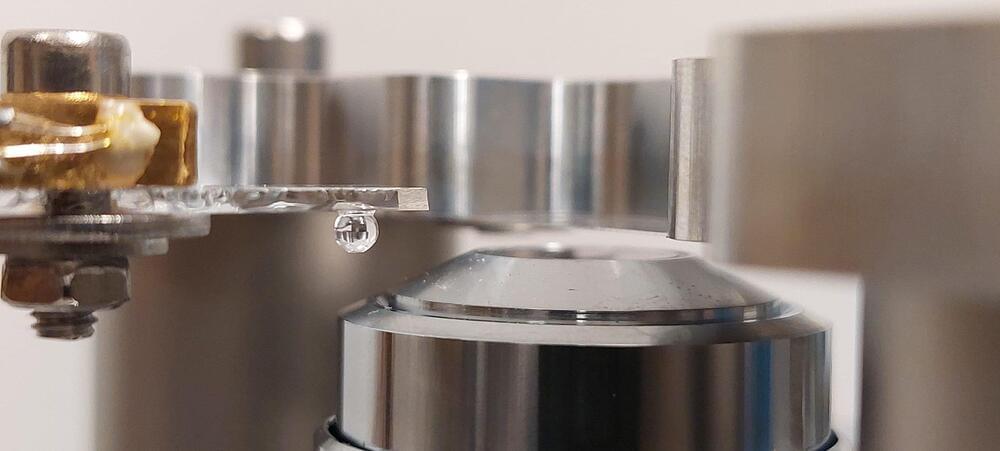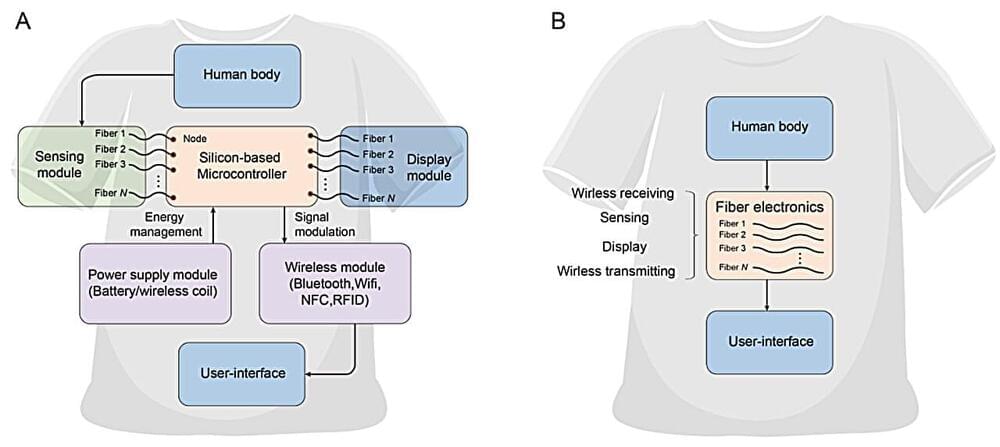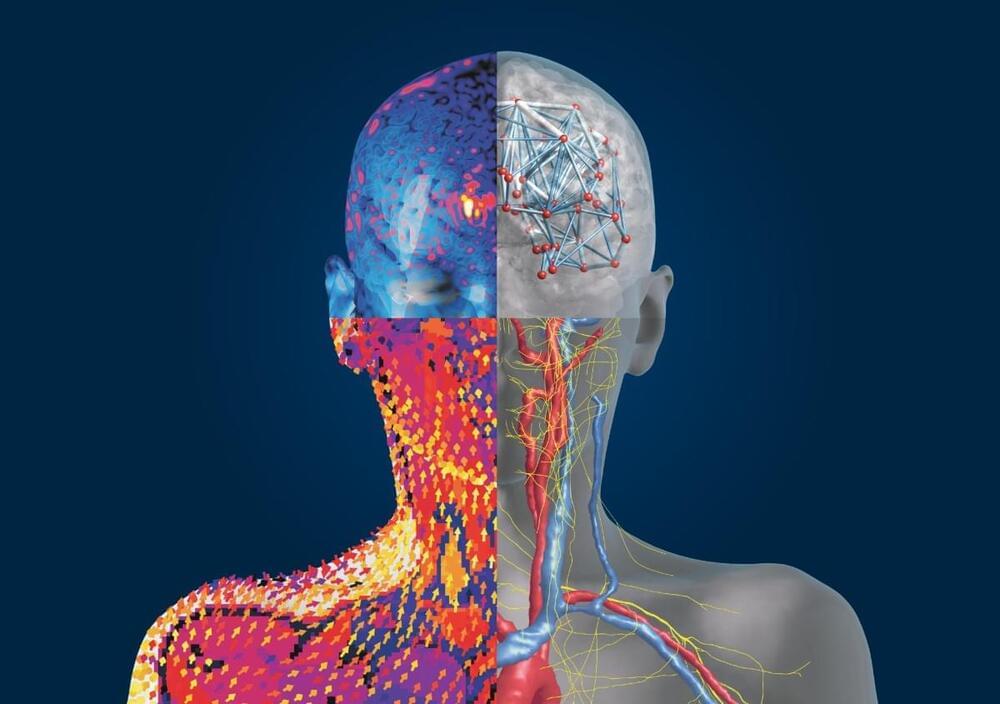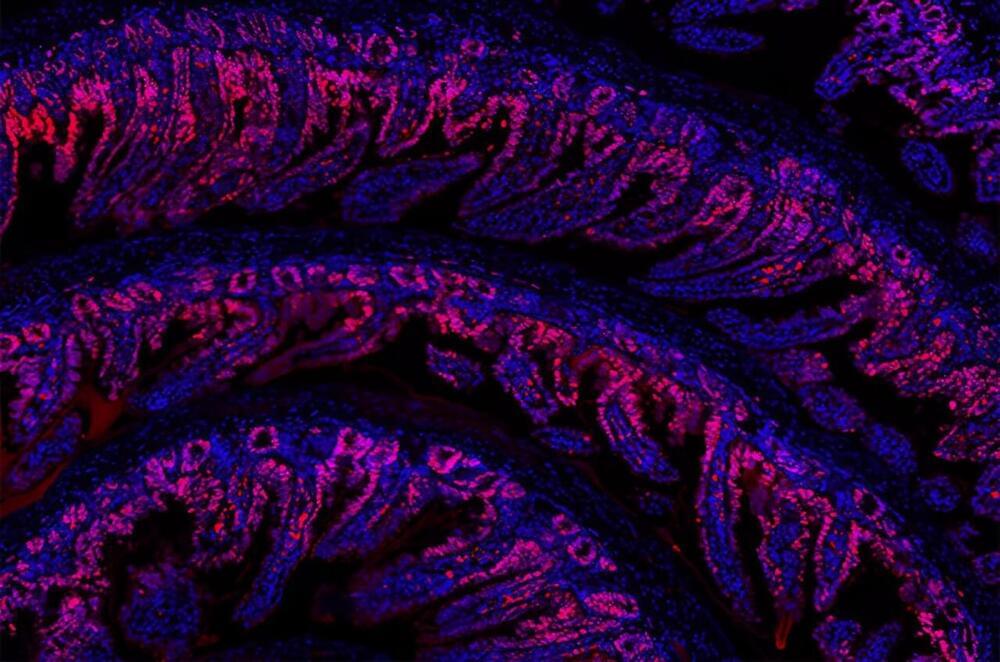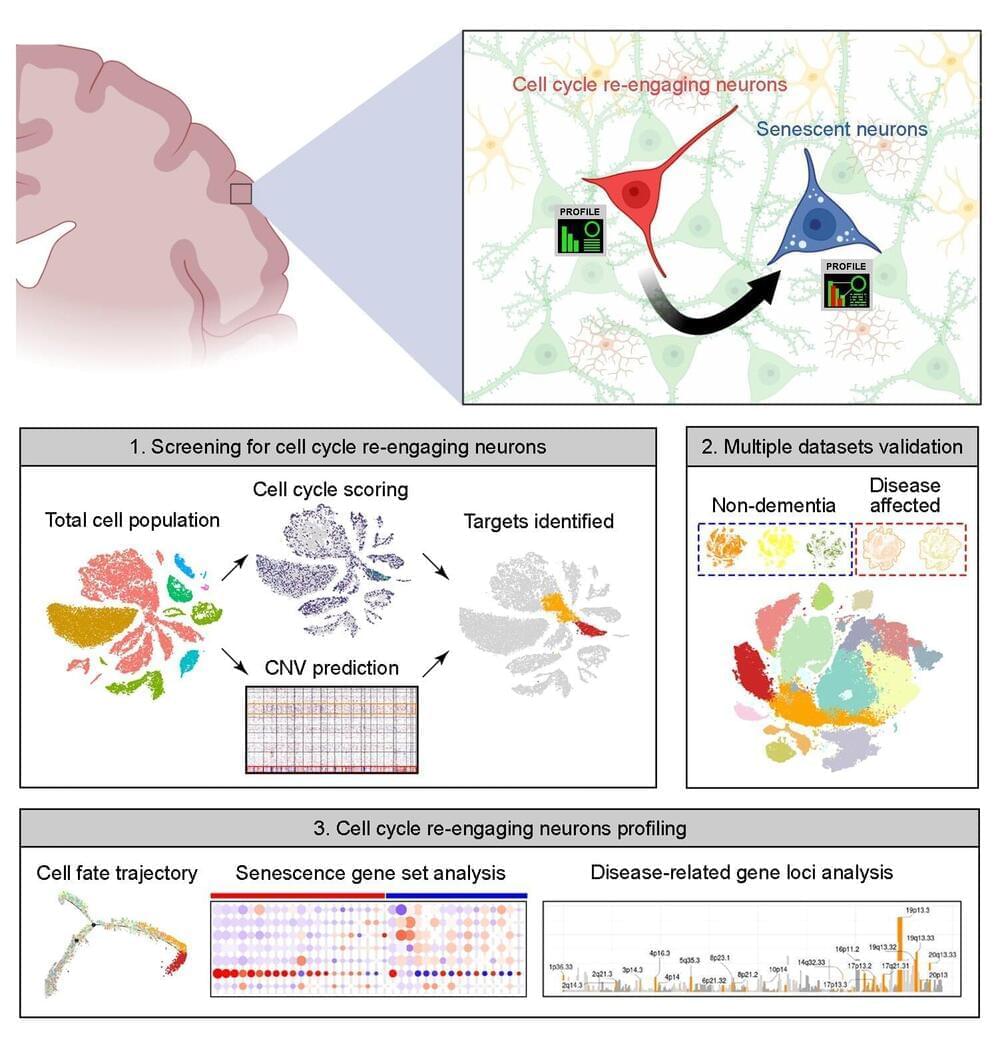Studying tissues, cells, and proteins under a microscope is essential for disease prevention and treatment. This research requires accurately measuring the dimensions of these biological structures. However, when viewed through a light microscope, these samples can sometimes appear more flattened than their true form.
Researchers at Delft University of Technology have now demonstrated for the first time that this distortion is not constant, contrary to what many scientists have assumed for decades. The breakthrough, published in Optica, confirms a prediction by Nobel laureate Stefan Hell from the 90s. With an online calculation tool and software, every researcher can now determine the correct depth of a biological sample.
